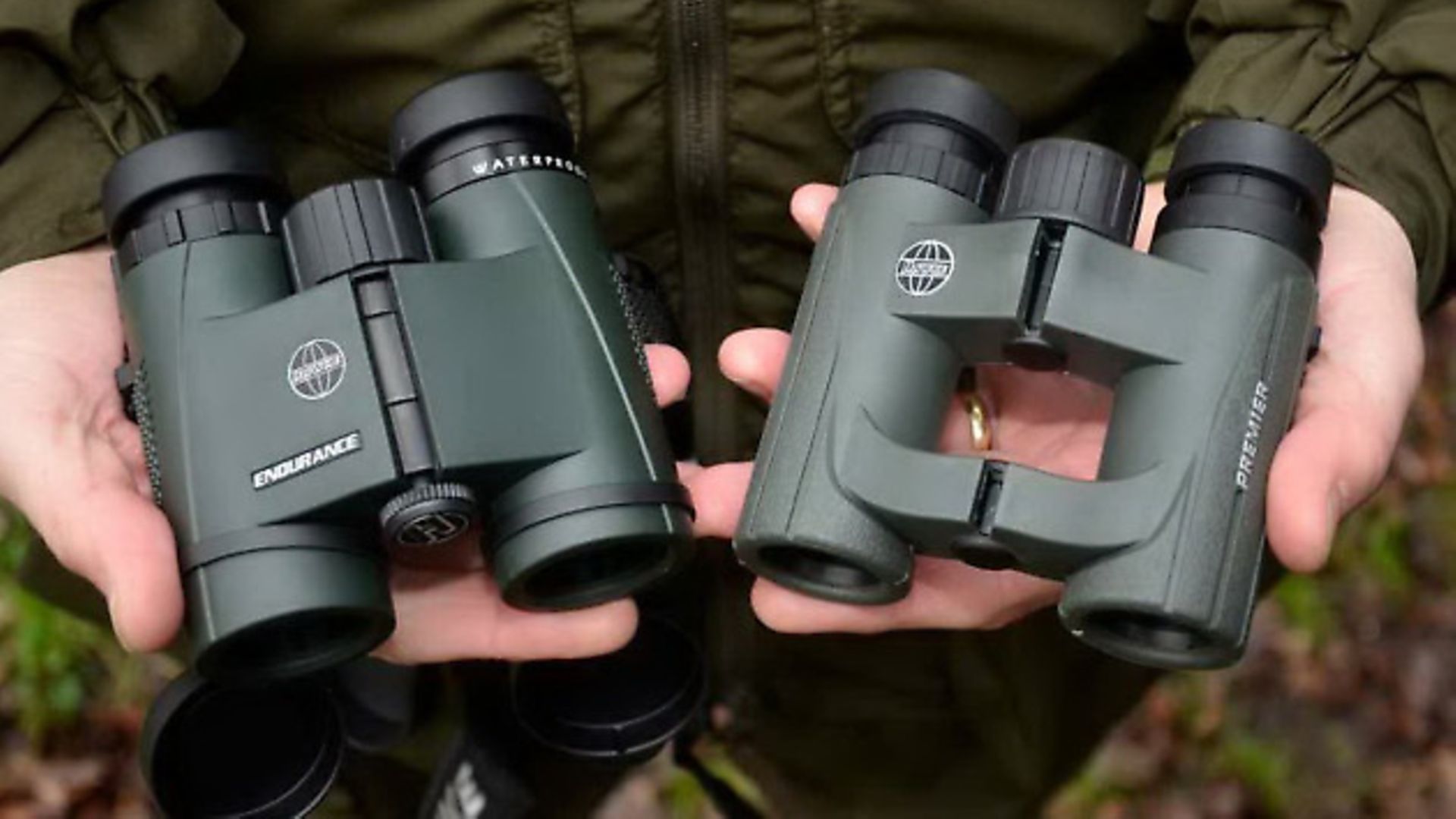Hunting tips: the editor tells us why he never leaves home without binoculars
 credit: Archant
credit: Archant
Our reader surveys tell us that 86% of you are hunters, or would like to be, which is why I like to pass along hints and tips that I’ve learned from my 37 years as an airgun hunter. There are many factors that make the difference between walking around a field with your airgun, and becoming a successful exponent of the craft of putting quarry on the dinner table. It’s easy to believe that if you have a posh rifle and scope, plus fancy camouflage, then killing a rabbit will be easy. Fortunately, that’s not true, because the challenge and joy of our sport is that it’s hard. If it were easy, we’d get bored too quickly and do something else.
Airguns are short-range tools with an effective maximum distance of around 35 yards for the skilled expert, as long as the wind conditions are kind. This means that getting close is really what the sport is all about, but before you can do that you need to find the rabbit, pigeon or squirrel to stalk. The best way to do this, I’ve found, is to scan well ahead with binoculars. They don’t have to be top-of-the-line, but avoid the cheap ones - their performance can be so bad as to make them useless. If they sell them at your petrol station, you don’t want them! I’ve had good performance from the Hawke range, and their prices are very fair.
Note the wind direction
As you begin your hunt, take note of the wind direction and work with it in your face as best you can. Take your bins’ and study every single field corner, shady dip and bare tree before you even take a step; walk a little way, stop and then study the land with your bins’ again. Repeat this every few minutes and make that a habit. Apart from letting you spot your quarry, it also slows you down, which is always a good thing. Wild creatures are highly attuned to movement, making it our biggest giveaway.
A really great idea is to leave your rifle at home one day and simply walk around your hunting permission with your binoculars. Spy out the places where the quarry species feed, and then go to look at the ground in that area. Note how the plants are eaten, the droppings that are left behind … not having the pressure to hunt encourages you to slow down and take in all the signs. Log these in your memory, or even mark them on a map. The real challenge of airgun hunting is the stalk, and working on that skill will be the biggest improvement you can make to your success.